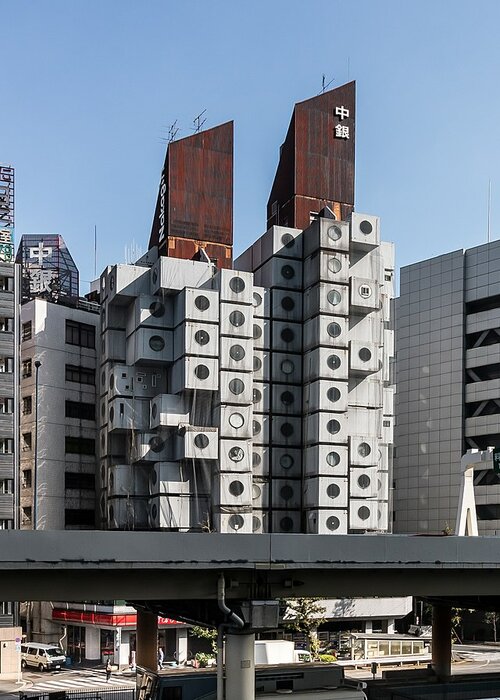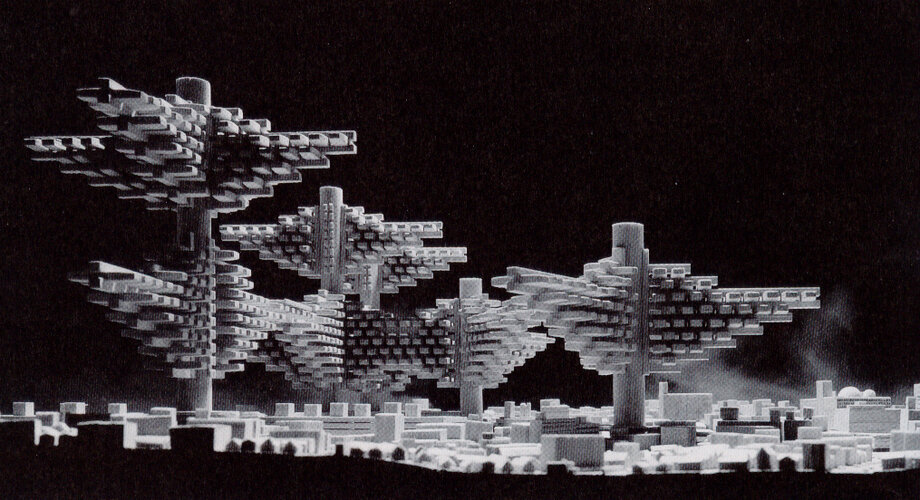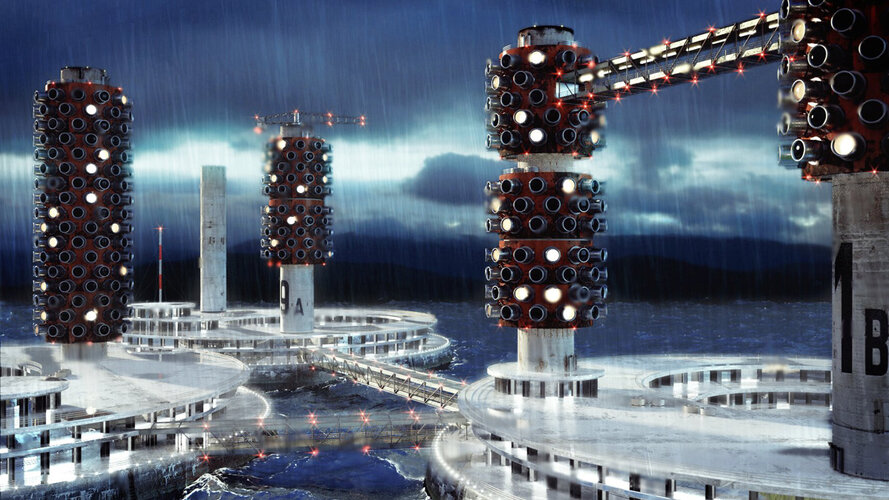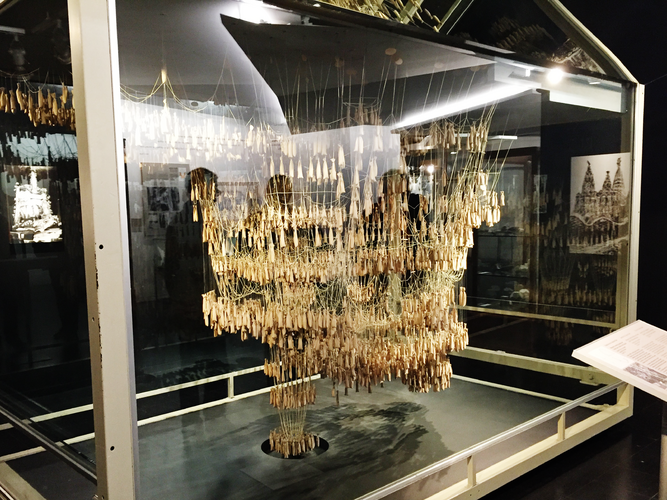easiest way to destroy a o'neill cylinder is to use giant robots to shoot poison gas into it, according to japanese documentary evidence
to put in context, he refers to Japanese Sci-fi francise GUNDAM
https://en.wikipedia.org/wiki/Gundam
Nakagin Capsule Tower Building by architect Kisho Kurokawa.
Build 1970-1972 was brave experiment in Metabolism architecture.
The Idea was two support towers with lift, stairs, supply. were 140 capsule plug into the towers.
Planned was that every 25 years the building get renovation and new capsules installed.
in 2022 the run-down building was demolish
What Happen ?
Original it was planned for rent to bachelor Tōkyō salarymen.
by 1997 the tower became a residence, with ownership over capsules !
The attempts to renovate the Building failed for several reasons:
- The building had be clear and totally disassemble, what some residences refused to move out.
- Construction of new capsules: the company never mass produce them, making new one very expensive, again some residences refused.
- lack of funding, do economic crisis of 2000s
In mean time the Towers deteriorated since the repairs were never done.
November 2021, the building only houses 20 tenants. most of capsules were uninhabitable.
The tower was demolish in spring 2022. Some individual capsules were be preserved.
The Idea was good, but the architect no account the long time effects.
Next to that the Tower was not build for easy maintenance and simple plug-out plug-in of Capsules.
instead had all capsule too removed from Tower for that.
There was British architects group thought of that a easy to maintenance City
Their name ARCHIGRAM there plan: PLUG-IN CITY
View: https://www.youtube.com/watch?v=2LJpGe5rdz4












